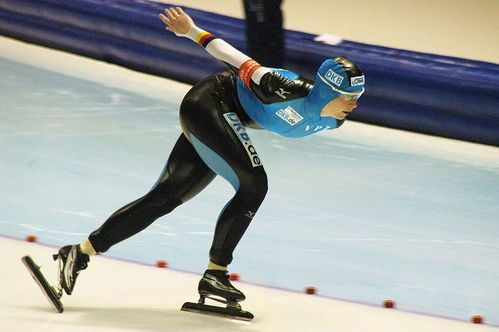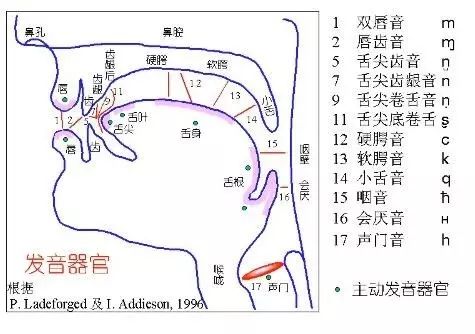想知道花样滑冰的英语介绍?点这里揭秘!
Figure skating, an elegant and exhilarating sport, combines athleticism, artistry, and precision in a mesmerizing display of ice-dancing grace. Rooted deeply in the traditions of ballet, dance, and skating, it has evolved into a discipline that showcases athletes' technical prowess and creative expressions. This introduction to figure skating in English delves into its origins, disciplines, competitions, notable figures, and the sheer beauty that encapsulates this winter wonderland sport.

The history of figure skating traces back to the early 19th century, with early forms emerging in Europe and North America. Initially, skating was a practical means of transportation during winter months, but as ice rinks began to be constructed for recreational purposes, the artistic and competitive aspects of skating flourished. Early competitions often focused on speed skating, but by the mid-19th century, figure skating had emerged as a separate discipline, emphasizing patterns and movements executed on the ice.

The International Skating Union (ISU), founded in 1892, played a pivotal role in standardizing rules and regulations, fostering international competitions, and promoting the growth of figure skating worldwide. With the establishment of the ISU, figure skating transitioned from a localized pastime to a globally recognized sport, with world championships and Olympic Games serving as its pinnacle events.

Figure skating is categorized into four main disciplines: singles (men's and women's), pairs, and ice dance. Each discipline requires a unique blend of skills, ranging from technical elements to artistic interpretation.

Men's and women's singles skating focuses on individual performers showcasing their skating abilities, jumps, spins, and footwork. Skaters execute a program set to music, with their performances judged on technical elements, such as jump execution, spin speed, and edge control, as well as artistic elements, including musicality, expression, and choreography. Top-level skaters often collaborate with renowned coaches, choreographers, and music composers to create programs that are both technically challenging and artistically captivating.
Pairs skating features a male and female pair performing synchronized elements, lifts, throws, and spins. This discipline highlights the skaters' strength, trust, and默契 (mutual understanding). The pair's performance is judged on elements such as lift execution, synchronized movements, and overall presentation. Some of the most awe-inspiring moments in pairs skating are the complex lifts and throws, which require immense strength and precision.
Ice dance, on the other hand, emphasizes partnership and rhythm. Unlike pairs skating, ice dancers are not allowed to perform lifts where the woman's skates leave the ice. Instead, they execute intricate dance patterns, twizzles, step sequences, and spiral sequences, all set to a piece of music. Ice dance is judged on technical execution, timing, and adherence to the dance rhythm, as well as artistic impression and partnership.
Competitions in figure skating are structured hierarchically, with local, national, and international events offering opportunities for skaters to showcase their talents and progress through the ranks. The pinnacle of figure skating competitions is the Olympic Winter Games, where skaters from around the world compete for the honor of representing their countries on the world's largest stage.
In addition to the Olympics, the ISU organizes annual world championships, Grand Prix series, Four Continents Championships, and European Championships. These events provide a platform for skaters to compete against the best in their discipline, accumulate points, and qualify for higher-level competitions. The Grand Prix series, in particular, features a series of events held throughout the year, culminating in the Grand Prix Final, where only the top-ranked skaters from each discipline compete.
Figure skating has seen numerous legendary figures who have left an indelible mark on the sport. From Sonja Henie, the Norwegian skater who dominated the 1930s and 1940s, to Dick Button, the American skater known for his innovative jumps, these athletes have paved the way for future generations. In more recent years, skaters like Evgeni Plushenko, Yuna Kim, and Tatsuki Machida have showcased the incredible athleticism and artistry that figure skating demands.
In the world of ice dance, skaters like Torvill and Dean revolutionized the discipline with their innovative choreography and technical precision. Their groundbreaking performance to "Boléro" at the 1984 Olympics is still regarded as one of the most iconic moments in figure skating history. Modern ice dancers, such as Tessa Virtue and Scott Moir, have continued to push the boundaries of the sport, incorporating contemporary dance elements and innovative choreography.
One of the most captivating aspects of figure skating is the relationship between skaters and their coaches, choreographers, and music composers. Many skaters work closely with their coaches from a young age, developing a
- 上一篇: 如何在酷狗音乐观看直播
- 下一篇: 如何正确填写籍贯,避免常见错误
-
 想知道‘你想我了吗’用英语怎么说?点这里揭秘!新闻资讯11-19
想知道‘你想我了吗’用英语怎么说?点这里揭秘!新闻资讯11-19 -
 想知道滑冰在英语里怎么说?快来揭晓这个简单又实用的单词!新闻资讯10-27
想知道滑冰在英语里怎么说?快来揭晓这个简单又实用的单词!新闻资讯10-27 -
 想知道'exercise'的正确发音?点这里,一秒掌握标准读音!新闻资讯10-27
想知道'exercise'的正确发音?点这里,一秒掌握标准读音!新闻资讯10-27 -
 想知道葡萄用英语怎么说?点这里,一秒学会!新闻资讯11-01
想知道葡萄用英语怎么说?点这里,一秒学会!新闻资讯11-01 -
 想知道'女孩'在英语中怎么拼写?点这里,一秒揭晓答案!新闻资讯10-22
想知道'女孩'在英语中怎么拼写?点这里,一秒揭晓答案!新闻资讯10-22 -
 想知道'12'用英语怎么表达?点这里,一秒get答案!新闻资讯10-26
想知道'12'用英语怎么表达?点这里,一秒get答案!新闻资讯10-26












